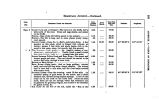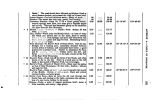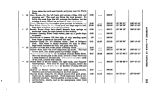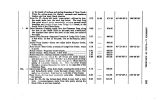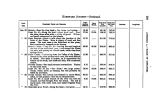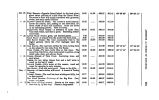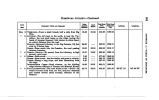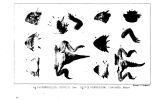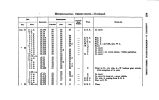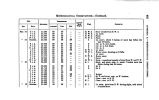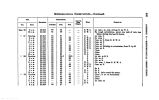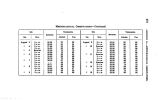| OCR Text |
Show FOSSIL REMAINS- FORKS 07 THE PLATTE. 33 Monday, June 25.- Ther. at sunrise, 64°; Bar. 27.52. The blufis on our left, which are about two miles distant, are assuming a much more broken appearance than heretofore, being cut up into peaks and ridges in the most picturesque manner. Upon examination they were found to be composed of sandy clay, intersected by precipitous ravines, the sections of which presented strata slightly differing in colour and hardness. The fossils collected were some teeth, apparently of an animal of the lizard tribe, and the femur either of a bird or a small lizard; the head of the bone and nearly the entire shaft measured three and a- half inches, but the latter crumbled on removing it. Both of these were found in place. Remains also were seen of what appeared to be bones, fully four or five inches in circumference, but in so friable a state that it was impossible to remove them from their matrix or accurately to determine their form. Other fossils were found, but in a very imperfect state. The sections showed that the strata were perfectly conformable to those already passed, the dip being about 12° to the south- west, and the north- west sections horisontal. These deep and precipitous ravines are doubtless the result, on an extended scale, of the action of water, and satisfactorily explain the muddy character of the Platte and the Missouri, into which washings from these blufis have been carried for ages. Tuesday, June 26.- In the morning we crossed the dry bed of a small stream having its banks well covered with trees, the first we had met with since entering the valley of the Platte, now a distance of one hundred miles. In the afternoon we overtook the pack- train of the Boston company, which had left Fort Kearny the day before we did. They had seen about a hundred buffaloes crossing the river, and having succeeding in killing one, were no little elated at their good luck. We had not as yet been so fortunate as to discover a single one, a circumstance that proved a source of great annoyance to our hunters, in whose mind the association of " the plains" with buffalo- meat was fixed and inseparable, and who, consequently, by no means relished their almost exclusive confinement to salt pork. They were now on the qui vive> anxiously anticipating the feasts to which they had constantly looked forward. No buffalo however, were seen to- day, the herds having been frightened from the road. Encamped six miles above the point of junction of the two forks * of the Platte, on the bank of a small stream of running water with a sandy bottom, the first that had blessed our vision eiT 8 |
































































































































































































































































































































































